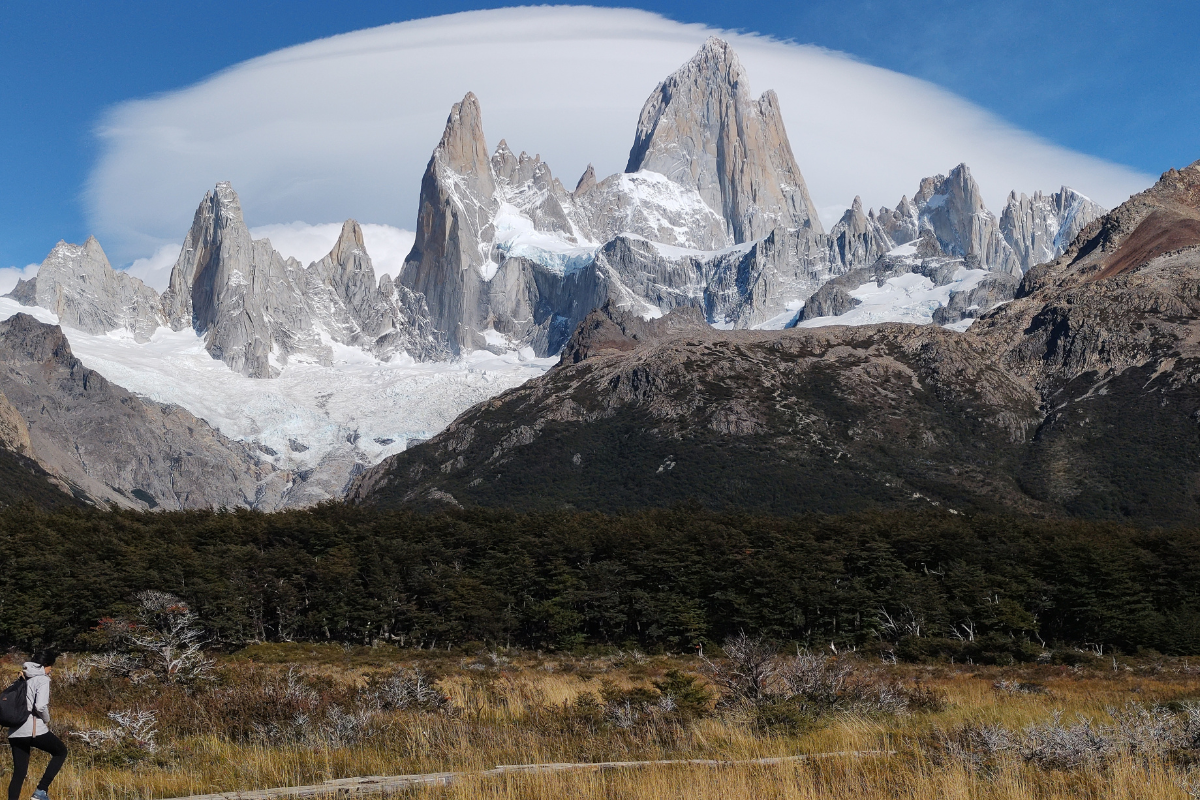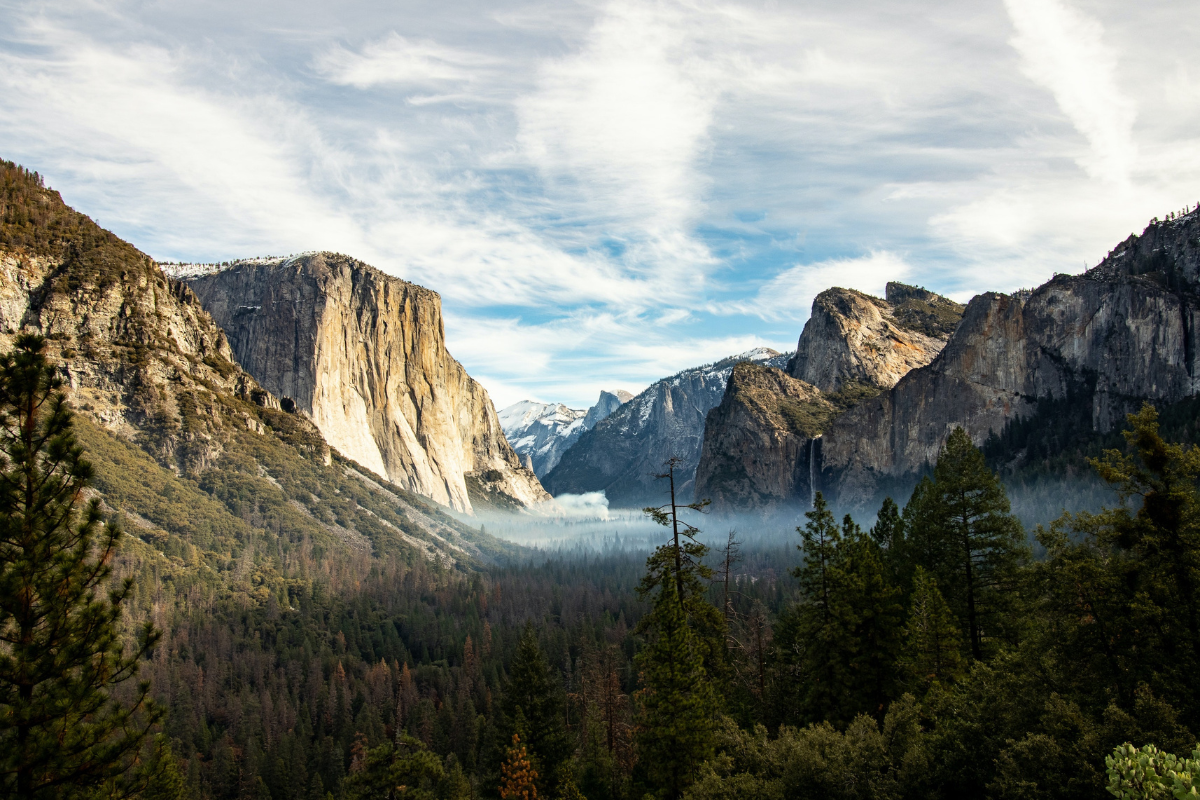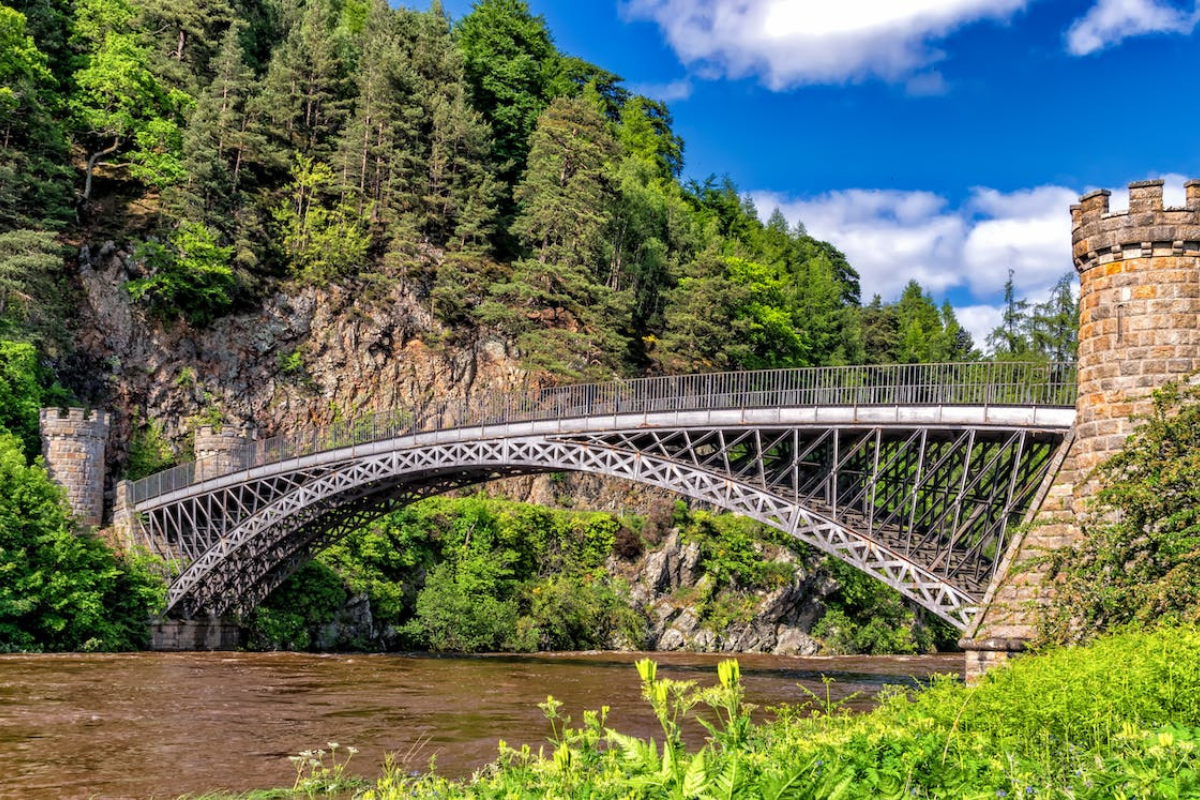Supporting sustainable tourism development by preserving the environment and preserving and promoting national cultural values is urgently required in the current context. Consequently, sustainable tourism is viewed as fitting into contemporary culture. In relation to this issue, it is crucial to capitalize on the tourism potential of the world’s vast national parks.

Photo: Nazarena Pozza
Sustainable ecotourism development in national park special-use forests is a global trend and learned lesson. In recent years, the international tourism industry has made consistent efforts to diversify tourism products in order to attract tourists and promote sustainable growth.
Increasingly evident is the socioeconomic impact of tourism, which contributes to the creation of local demand for products and services and promotes the growth of other industries. Numerous traditional festivals and craft villages have been revived, promoting economic restructuring, generating a large number of employment, contributing to the eradication of hunger and reduction of poverty, and enhancing the locals’ standard of living. This demonstrates that the relationship between tourism and the preservation of cultural values and the ecological environment is being increasingly emphasized and has a significant impact on local socioeconomic development, thereby promoting the development of sustainable tourism.
When visiting national parks, tourists will have the opportunity to discover a variety of distinct tourism trends. Slow travel provides the opportunity to gain a deeper appreciation for the natural world while immersing oneself in magnificent scenery that hectic schedules prevent one from experiencing.
Additionally, national parks allow visitors to experience the nation’s most authentic geography, history, and culture. Here, you will have a thrilling experience that depicts the essence of a region.
On the other hand, visitors to the national park will have a broader understanding of the importance of preserving and protecting the ecosystem. A planet with a diverse array of living organisms is considered to be wealthy. Consequently, national parks are places with cultural and ecological splendor that must be preserved and explored.
As a result of nature’s generosity, the world’s vast national parks are home to millions of uncommon and endangered species. Experiencing a voyage of discovery in national parks is considered a modern and popular form of tourism in the new era.

Photo: Robby McCullough
Some outstanding national parks in the world
Northeast Greenland National Park is the largest national park and land reserve in the world, encompassing nearly fifty percent of the world’s largest island. The 972,000-square-kilometer Northeast Greenland Park is one of the last remaining large protected areas where wildlife, plants, and landscapes are essentially unaltered. The national park is nearly uninhabited, with the exception of personnel at a few meteorological stations, research facilities, and military installations. There are countless expanses of tundra, breathtaking mountains, and iceberg-filled fjords in the landscape.
Namib Naukluft National Park in Namibia, which encompasses approximately 50,000 square kilometers, is home to some of the world’s tallest and largest dunes. This location is conveniently accessible by automobile. The primary road of the park leads to the famous Sossusvlei and Dead Vlei dunes and forested landscapes. In addition, visitors can reserve a hot air balloon tour to view the region from above.
Ross Sea Marine is the only nature reserve on the continent of Antarctica, which lacks national parks. This 1.55 million square kilometer reserve is home to millions of arctic species, including penguins, whales, seals, and seagulls. Numerous parties to the Antarctic Treaty ratified the Protocol on Environmental Protection, which prohibits mining and establishes guidelines for minimizing the environmental impact of travel, scientific exploration, and research in Antarctica.
Munga-Thirri-Simpson Garden, the Australian government designated the Munga-Thirri-Simpson desert as a national park to preserve the state of South Australia’s magnificent northernmost landscape. The park has an area of 36,000 square kilometers, including the world’s largest dunes, acacia forests, grasslands, and a chain of arid lakes and many species of animals. There are few tourist services and no paved roadways in Munga-Thirri-Simpson Garden in the twenty-first century. Therefore, this location is only appropriate for vacationers with advanced wilderness survival skills. Autumn, winter, and spring are the optimal seasons for travel. Summer temperatures of 50 degrees Celsius necessitate that it be closed annually from 1 December to 15 March to assure safety.


